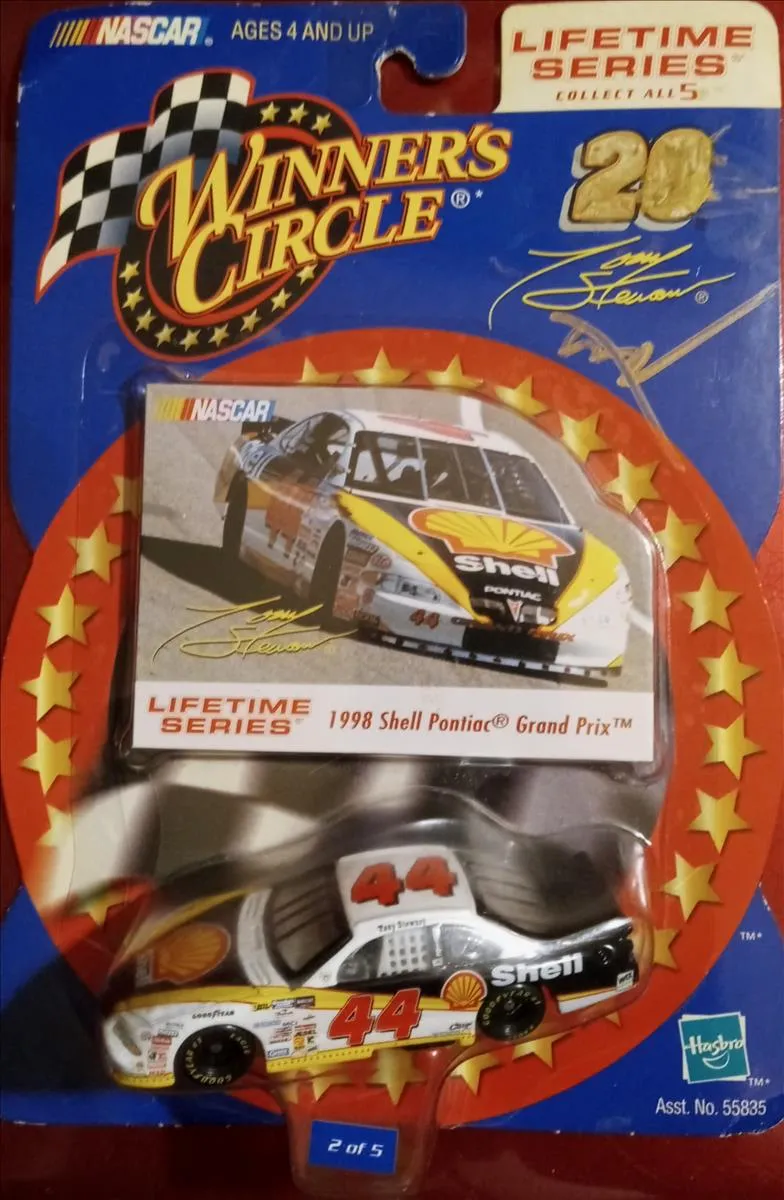Diecast Cars Top 5 Features!
Diecast cars have captivated enthusiasts of all ages for decades. These miniature marvels offer a unique blend of artistry, engineering, and nostalgia. But what exactly makes these small-scale replicas so appealing? Here we’ll explore the top 5 features that make diecast cars a beloved hobby and a worthwhile investment for collectors worldwide. From meticulous detailing to their enduring value, we’ll uncover what sets these miniature vehicles apart and why they continue to be a source of fascination.
Authenticity and Detailing
One of the most striking features of diecast cars is their remarkable level of authenticity and detail. Manufacturers invest significant effort in replicating every aspect of the real-life vehicles they model, from the body shape and paint finish to the intricate interior details. This includes accurately scaled dashboards, seats, steering wheels, and even seatbelts. The precision in these details is achieved through advanced manufacturing techniques and careful attention to the original car’s specifications. Collectors often appreciate the effort that goes into creating these miniatures.
Many diecast models feature functional elements such as opening doors, hoods, and trunks, further enhancing their realism. Some even include working suspension and steerable wheels, adding to the overall experience. The level of detail can vary depending on the manufacturer and the price point, but even entry-level models strive for a high degree of accuracy. This dedication to authenticity is a key factor in the enduring appeal of diecast cars, making them a joy to admire and collect. The meticulous detailing allows enthusiasts to appreciate the design and engineering of the original vehicles in a compact and accessible format.
Materials and Construction

The materials and construction methods employed in diecast car manufacturing are crucial to their durability and quality. The ‘diecast’ in the name refers to the primary material used: a metal alloy, typically zinc, which is injected under high pressure into molds to form the car’s body. This process allows for intricate shapes and fine details that would be difficult or impossible to achieve with other methods. The metal body provides a solid and weighty feel, contributing to the overall impression of quality and authenticity. The use of metal also helps to protect the model from wear and tear, making diecast cars relatively resilient to damage.
In addition to the metal body, diecast cars incorporate various other materials such as plastic for interior components, tires made of rubber, and sometimes even glass for the windows. The combination of these materials adds to the realism of the model. The high-quality construction ensures that diecast cars can withstand handling and display for years to come, making them a worthwhile investment for collectors. The careful selection of materials and the precision of the manufacturing process are essential to the lasting appeal and value of diecast cars.
Scale and Variety
Diecast cars are produced in a wide range of scales, allowing collectors to choose models that fit their preferences and display spaces. Common scales include 1:18, 1:24, 1:43, and 1:64, among others. The scale refers to the ratio between the size of the model and the actual car. For example, a 1:18 scale model is 1/18th the size of the real vehicle. The variety of scales offers collectors flexibility in choosing models that suit their needs.
Beyond the scales, diecast cars come in an incredible variety of makes, models, and liveries. From classic cars and vintage racers to modern sports cars and trucks, there is a diecast model to suit every taste. Manufacturers often release limited edition models and replicas of specific vehicles, adding to the collectibility and value of these items. The sheer breadth of available models makes collecting diecast cars an endlessly fascinating pursuit, offering a constantly evolving selection of miniature masterpieces to discover and enjoy. This variety ensures that there is always something new and exciting to add to a collection.
Collectibility and Value
Diecast cars are not just toys they are also collectibles with the potential to appreciate in value over time. Certain models, especially those that are limited editions, rare, or in pristine condition, can command high prices in the collectors market. The value of a diecast car is influenced by several factors including the model’s rarity, the manufacturer, the condition, and the demand from collectors. Models that are no longer in production or that represent significant vehicles in automotive history are particularly sought after.
Collecting diecast cars can be a rewarding hobby, offering both aesthetic enjoyment and the potential for financial gain. Many collectors view their collections as investments, carefully preserving their models and seeking out rare or valuable pieces. The collectors market for diecast cars is active and diverse, with online marketplaces, auctions, and collector clubs facilitating the buying, selling, and trading of these miniature vehicles. This enduring collectibility is a testament to the lasting appeal and unique qualities of diecast cars.
Display and Presentation

Diecast cars are not only miniature representations of real vehicles they are also objects of art. The way a collector chooses to display and present their models can greatly enhance their appreciation. Collectors often use display cases, shelves, or custom-built dioramas to showcase their cars, providing a visually appealing presentation that highlights their beauty and detail. The arrangement of a collection can be as personal and varied as the cars themselves, with collectors often organizing their models by make, model, scale, or even color.
Many collectors take pride in carefully preserving their diecast cars. Keeping the models in their original packaging, or using protective display cases, are common practices. These measures help to protect the models from dust, damage, and fading, ensuring that they remain in excellent condition. Displaying a diecast car collection is more than just a hobby; it’s a way for collectors to share their passion and appreciate the artistry and craftsmanship that goes into these miniature masterpieces.
